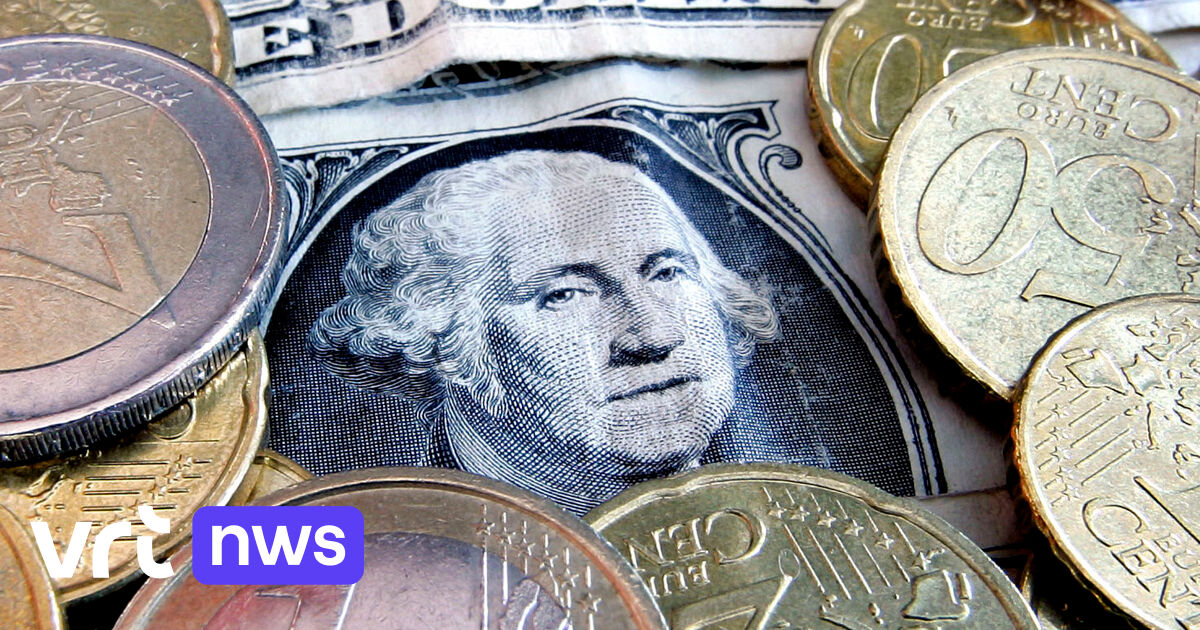What are the consequences of a euro that has fallen in value compared to the dollar? First the bad news: international imports into Europe are becoming more expensive. This is certainly a problem for oil products – which are already painfully expensive – because that trade is done in dollars. “A fire accelerator on a barbecue”, Tom Simonts puts it. Also not good news for those who travel to the United States (and therefore have to convert euros into dollars): that too has now become more expensive.
The positive side of the coin then: in theory it is good news for producers in Europe. A cheaper euro makes exporting abroad somewhat easier: for foreigners, European products become slightly cheaper. “But I’m afraid that in the current economic climate worldwide, with a clear cooling, that is not where the big profit is. We cannot make up for exports,” Hans Bevers.
Economists also point to the psychological effect of parity with the dollar. “It doesn’t matter very much whether a euro is at 1.1 dollars or 0.9 dollars. But it does indicate that we have a value ratio that could change structurally,” says Simonts. Hans Bevers also does not see the parity between dollar and euro disappearing any time soon. “I expect that the dollar will remain expensive in the coming year and may even become stronger than par with the euro. Only in the long term will the euro rise again.”
–


